Since 2011, Syria has suffered significant losses in its physical and human capital, causing a long-term socio-economic crisis. ESCWA estimated in 2021 the cumulative destruction of physical capital since the start of the conflict at USD 117.7 billion and GDP losses at USD 324.5 billion. Furthermore, crude oil production decreased by 80% between 2010 and 2022 due to targeted destruction of energy infrastructure.
The consequences on human capital are also lasting and worrying: the Syrian Observatory for Human Rights recorded at the end of 2023 more than 500,000 deaths since the start of the conflict and the UNHCR counted 6.8 million internally displaced people and 6 .9 million Syrian refugees worldwide at the end of 2022. Unicef also reports 7,000 schools destroyed or damaged, and more than 2 million children out of school.
Financing needs have so far only been partially covered by the international community and the Syrian regime.
In November 2023, the Syria Reconstruction Committee declared having spent more than 380 billion SYP for the reconstruction of the country since 2012. At the same time since 2012, the United Nations humanitarian intervention plan for Syria 2023 has disbursed nearly 383 M USD for rapid recovery projects, including 61.2 M USD in 2023.
The multi-donor Syria Recovery Trust Fund has, for its part, obtained nearly EUR 345 million in contributions since its creation in 2013 (including EUR 18 million in 2023) for projects dedicated to water, health, electricity, education, food security and agriculture.
Several actors close to the regime are intensifying their commercial and financial exchanges to position themselves on the reconstruction of essential infrastructure.
For Russia, economic partnerships have intensified since the invasion of Ukraine and the implementation of new sanctions against Russian companies. It also signed an agreement with the regime in November 2023 to strengthen joint investments in the development of infrastructure (transport, public works), the agricultural, industrial and pharmaceutical sectors.
Iran, for its part, is increasing its official visits and economic partnerships aimed at reconstruction.
Turkey’s financial involvement in the reconstruction market is currently focused on housing reconstruction projects in the north of the country.
The Turkish government notably inaugurated rehabilitated residential villages in northern Syria in May 2022, villages which would aim to relocate Syrian refugees from Turkey to Syria.
Gulf countries are also increasing their financing and positioning certain companies on the Syrian market.
Some countries have substantially reassessed their humanitarian aid, notably the United Arab Emirates and Kuwait which respectively increased the amount of their aid by 160% and 471% between 2022 and 2023. The UAE is thus very present in the humanitarian sector. health, water and energy through a cooperation agreement signed in 2021 with a consortium of UAE companies for the construction of a photovoltaic power plant.
Syria has also increased the number of operating licenses obtained for Saudi companies in the phosphate and cement manufacturing sectors during 2023.
Other actors participate in rehabilitation and reconstruction projects, mainly through humanitarian aid or in-kind donations.
This is the case of Japan, which is financing a project to restore the Banias and Zara power stations via the UNDP to the tune of USD 12 million by providing spare parts and maintenance activities.
Similar in-kind donations were promised in July 2023 by China, which is already providing communications equipment as a contribution to the reconstruction of Syria.
Source: French Embassy in Syria, Economic Service





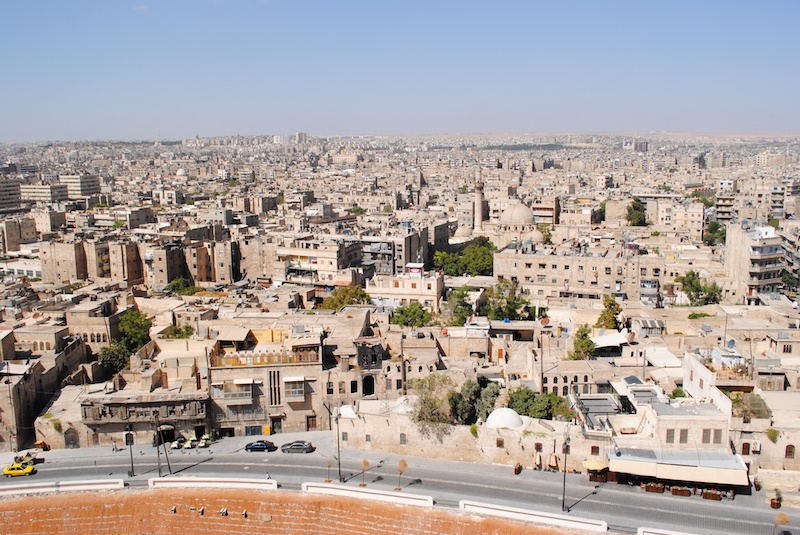








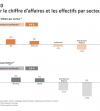
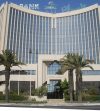


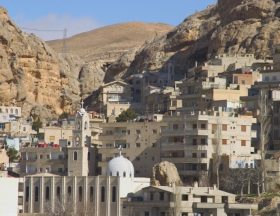
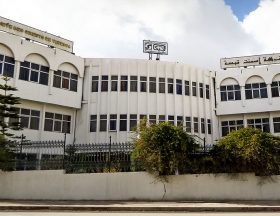
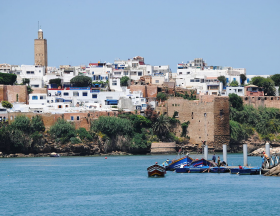

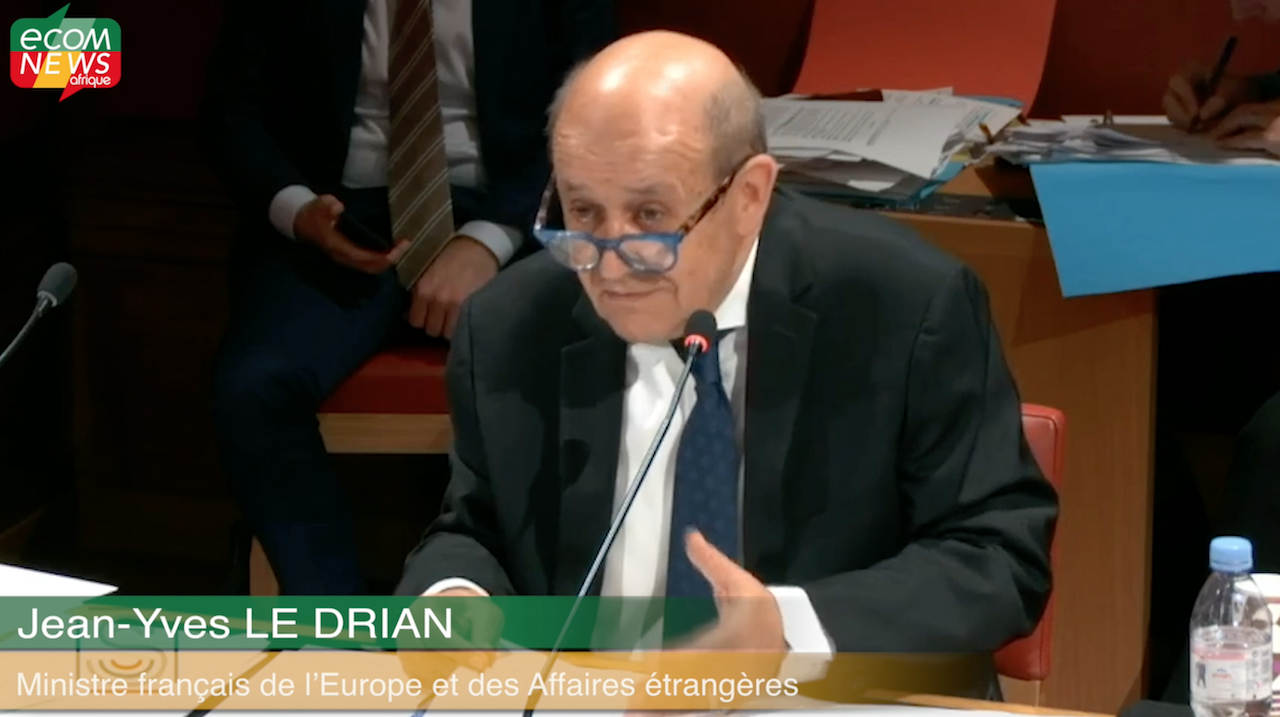
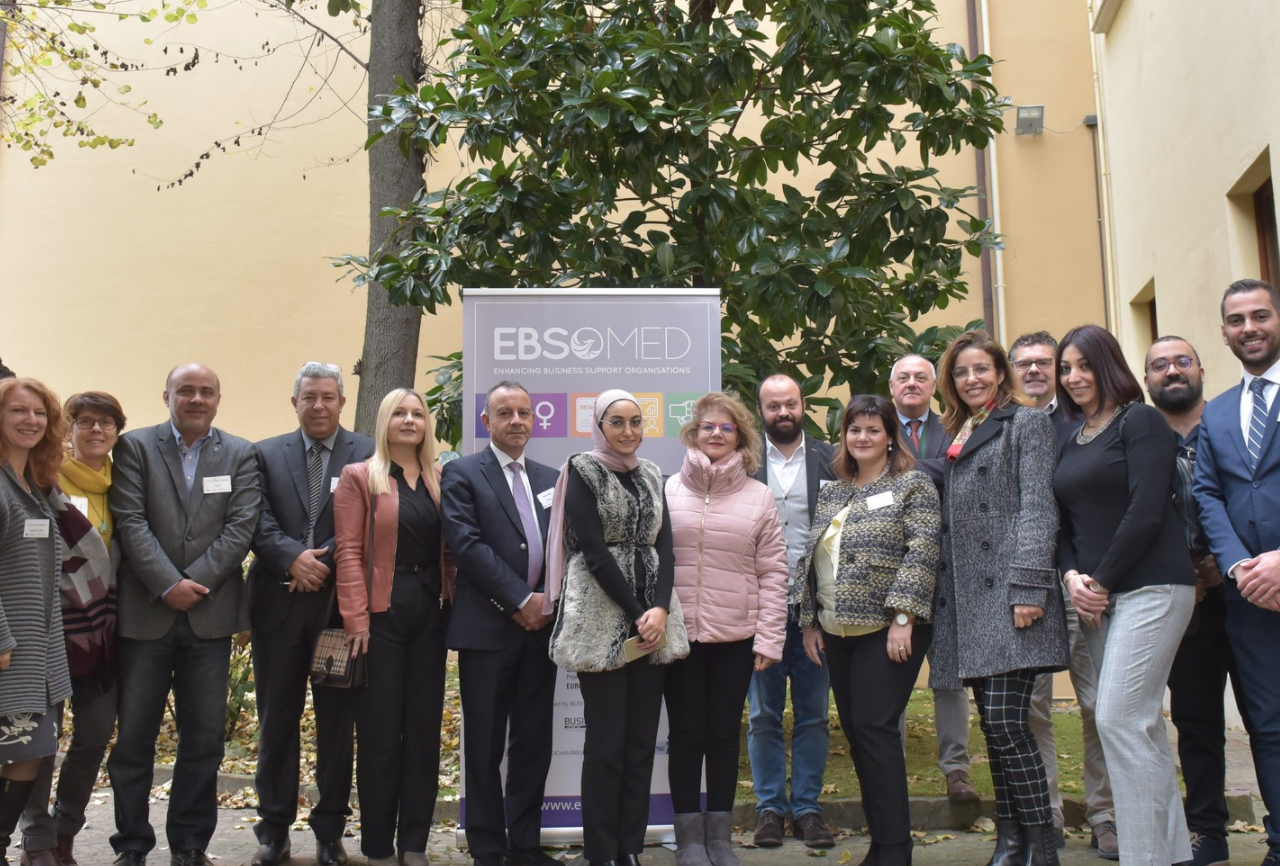
Réagissez à cet article